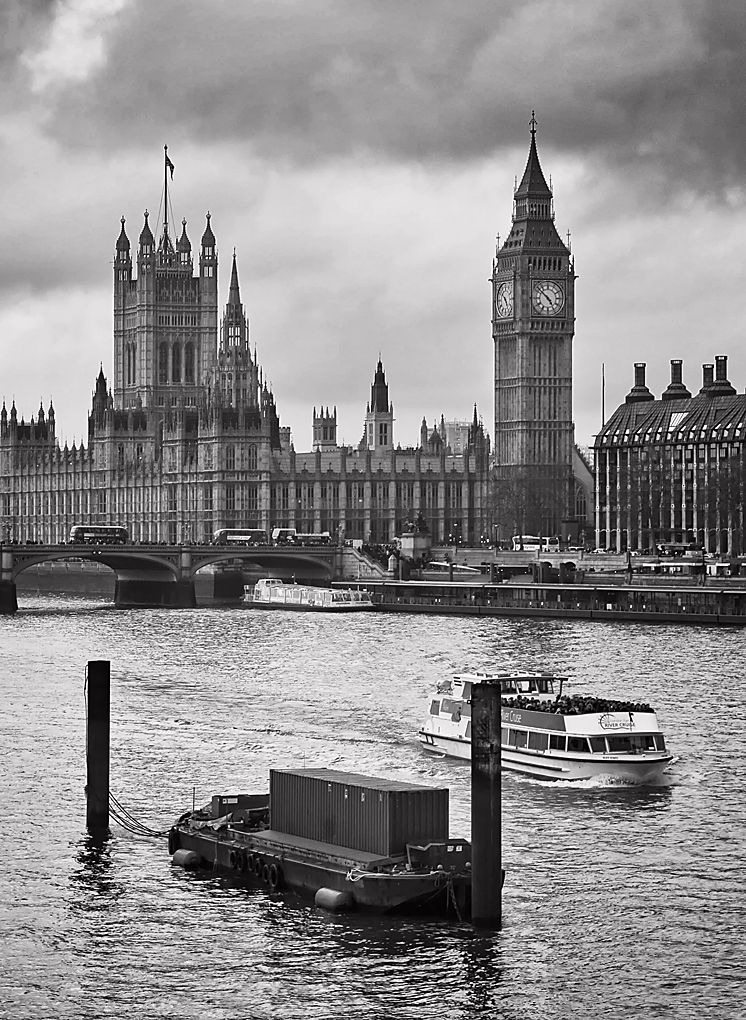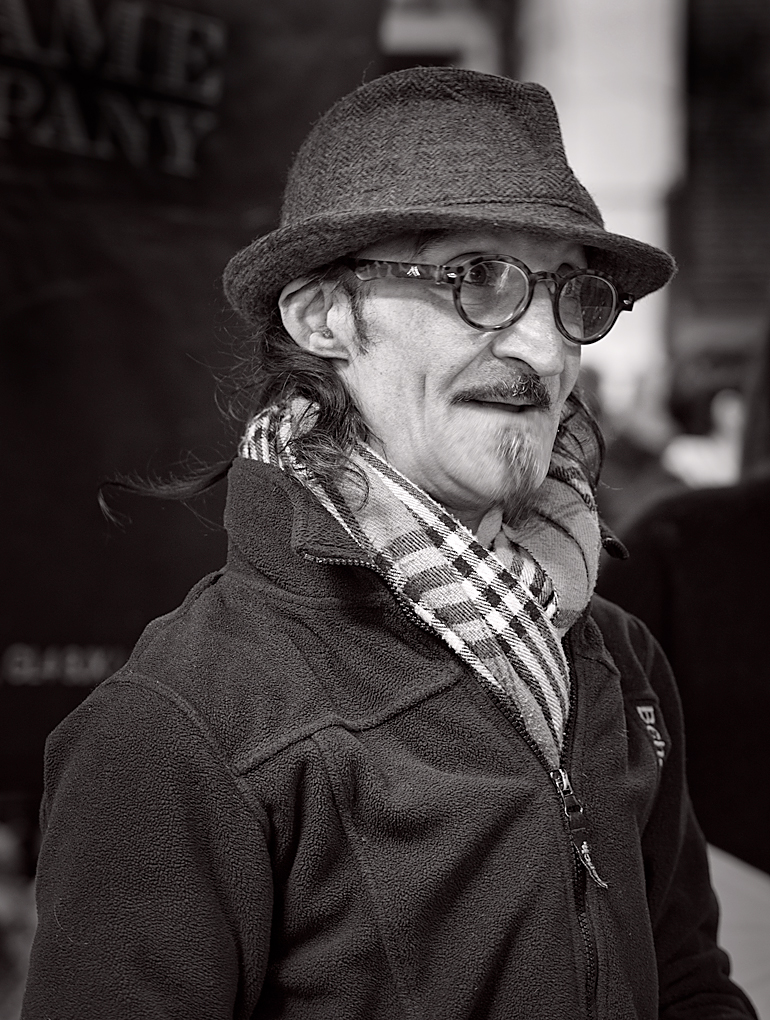
On Saturday my friend George James made one of this regular trips to London and suggested we meet in Borough Market to get a few shots with our matching Leica M-Ps and 50mm Apo-Summicrons. It was a good idea but the market was far two crowded. So, after a few scuffles and near misses, we adopted Plan B: A visit to the Thames Barrier, way out beyond Greenwich in the east.
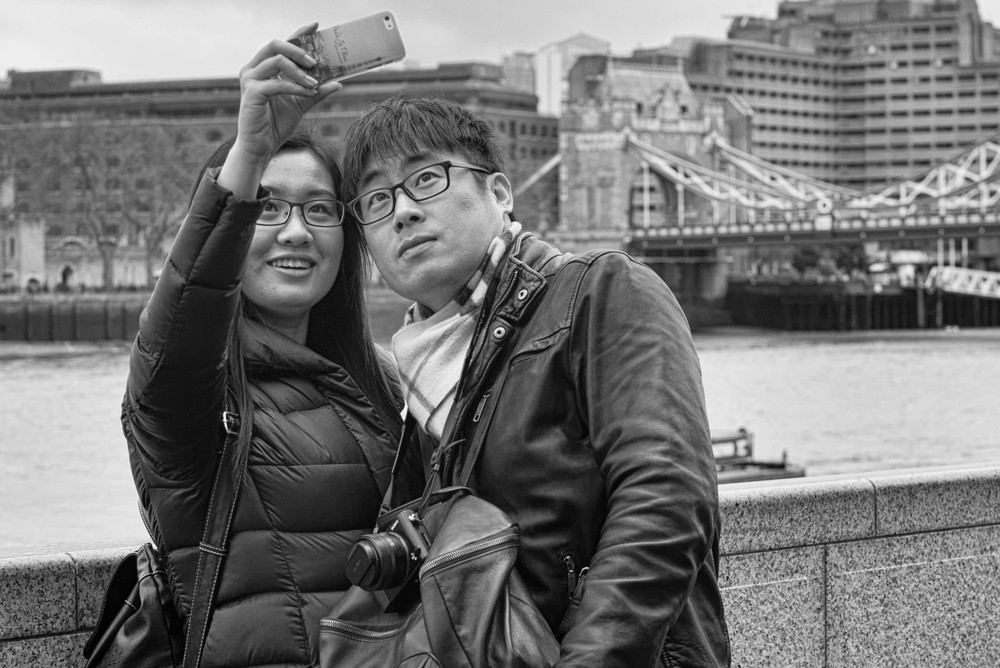
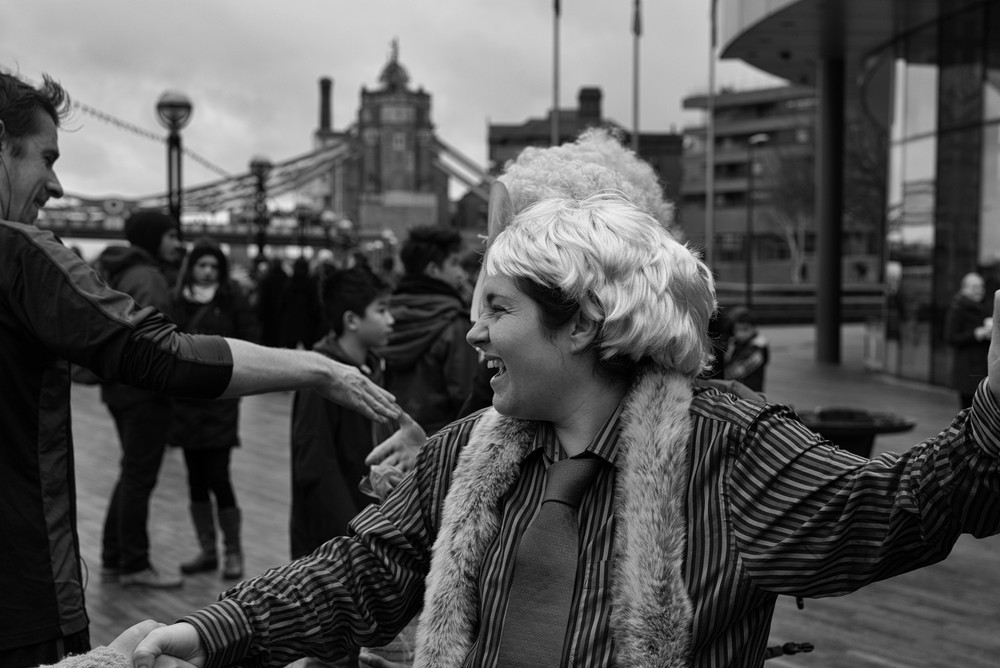
The walk turned into something of an Odyssey as we started the journey at London Bridge and on to Tower Bridge via the Hays’ Galleria. This area is a heaving mass of humanity with tourists and their selfies mixing with homegrown political agitators attempting to ruffle the copious hairs of Mayor Boris Johnson. But still far too many people. We walked east, under Tower Bridge, past Butler’s Wharf and on to the quiet of Jacob’s Island, once the murky haunt of Fagin and the Artful Dodger. It was looking suitably Dickensian on a dull Saturday afternoon.
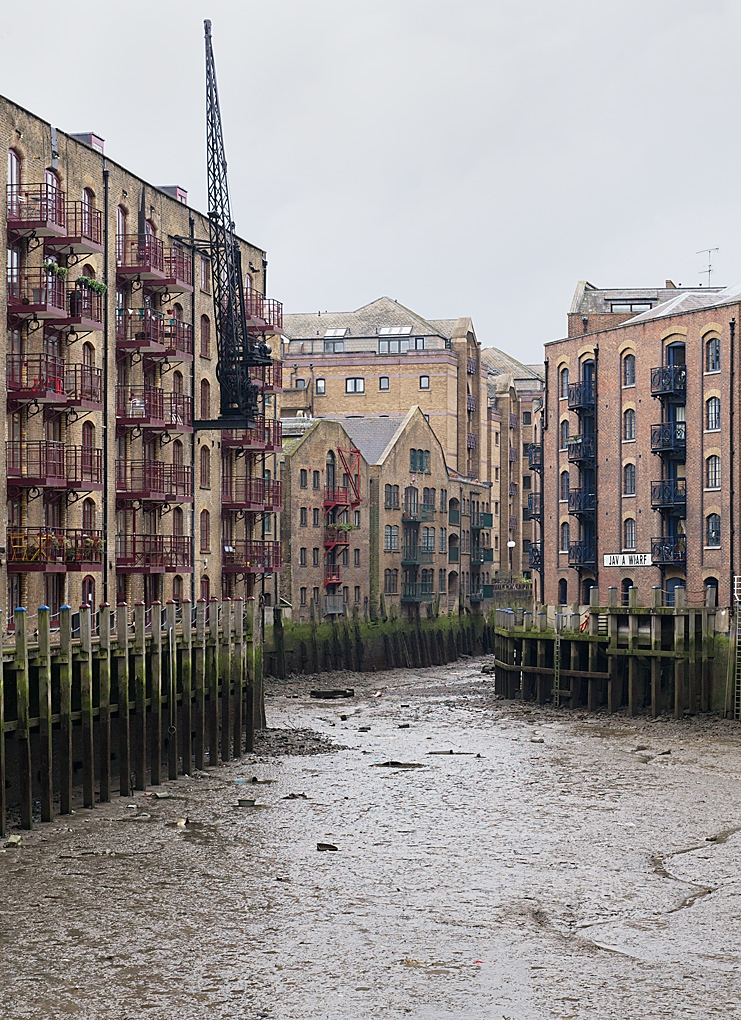
The plan had been to take the river bus from Tower Bridge to Greenwich but, by dint of bad planning, we found ourselves on the opposite bank of the Thames to the nearest stop. There was nothing for it but to walk down to Jamaica Road and board a No. 188 red double decker bound for the Cutty Sark in Greenwich. From there it was a short river bus ride to the O2 Millennium Dome and the start of the long walk to the Thames Barrier. It turned out to be a journey through nearly 200 years of changes and without even the comfort of a cup of tea.
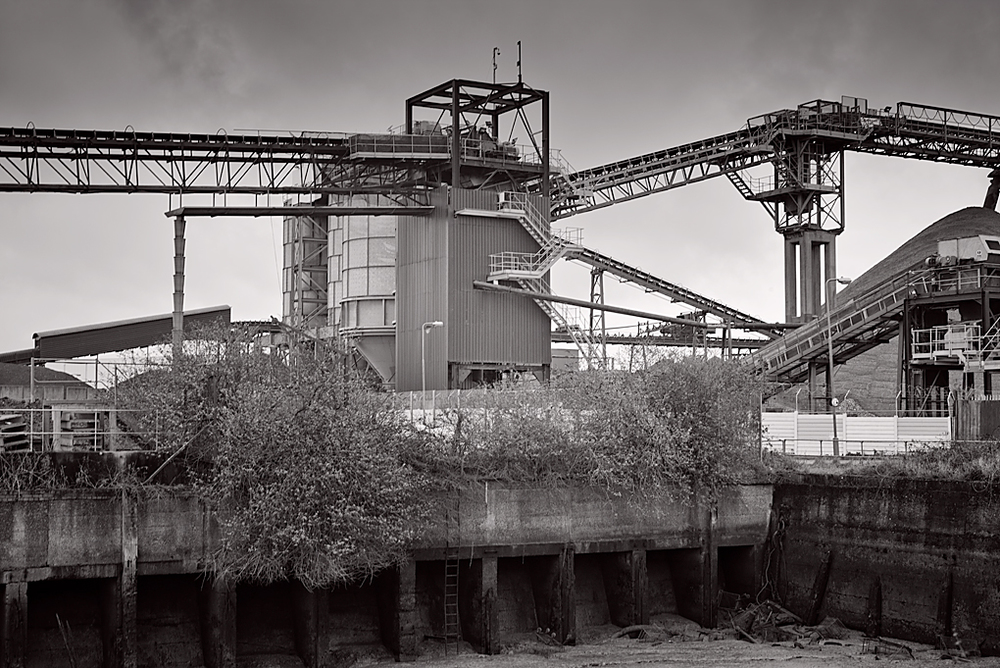
The whole of the south bank of the Thames, from London Bridge to Woolwich and beyond was once heavily industrialised dockland. Now, within fifty years, the cranes and wharves have been replaced with blocks of smart townhouses and apartments, most of them worth more than an entire shipload of cinnemon in the 1930s. Yet on a dull Saturday it is still a dark, rather forbidding landscape and there are sufficient remnants of industrialisation to keep the photographer happy.
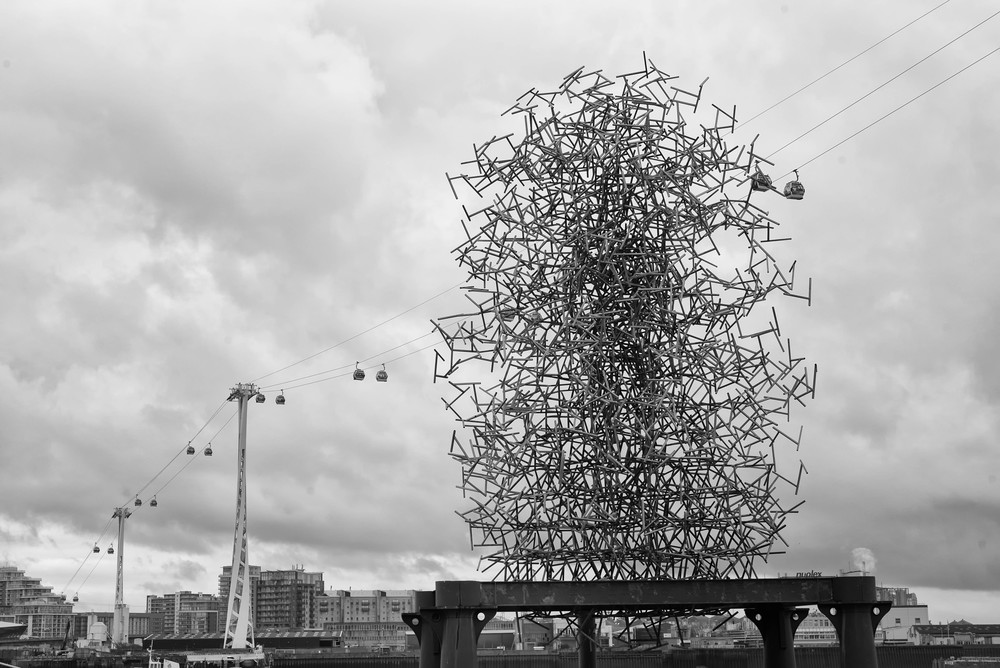
It’s a long trek to the Thames Barrier, the wonderful contraption that keeps London free from flooding. It fights a losing battle, however, and even now there is talk of Big Barrier 2. The best views are from the eastern side where it is possible to glimpse the skyscrapers of Canary Wharf through the gaping maw of the dormant barrier. Nearby is a comfortable little cafe, run by the Environment Agency, and ideally placed to refresh and recharge the intrepid river walker while he snaps the impressive scenery.
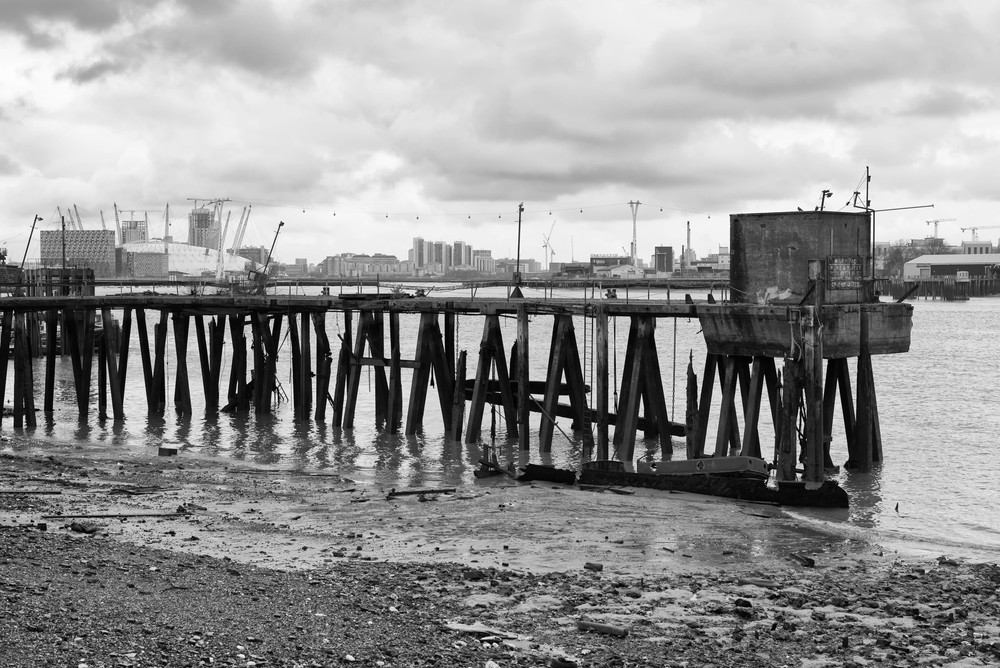
This is a rewarding trek for the photographer. But the return journey, through Woolwich and back to Greenwich, is a contrastingly dismal affair on the top deck of London Transport’s No. 180. The abiding impression is of the multitude of ugly green wheelie bins despoiling the endless rows of terraced properties along the Woolwich Road. It hardly seems like progress.
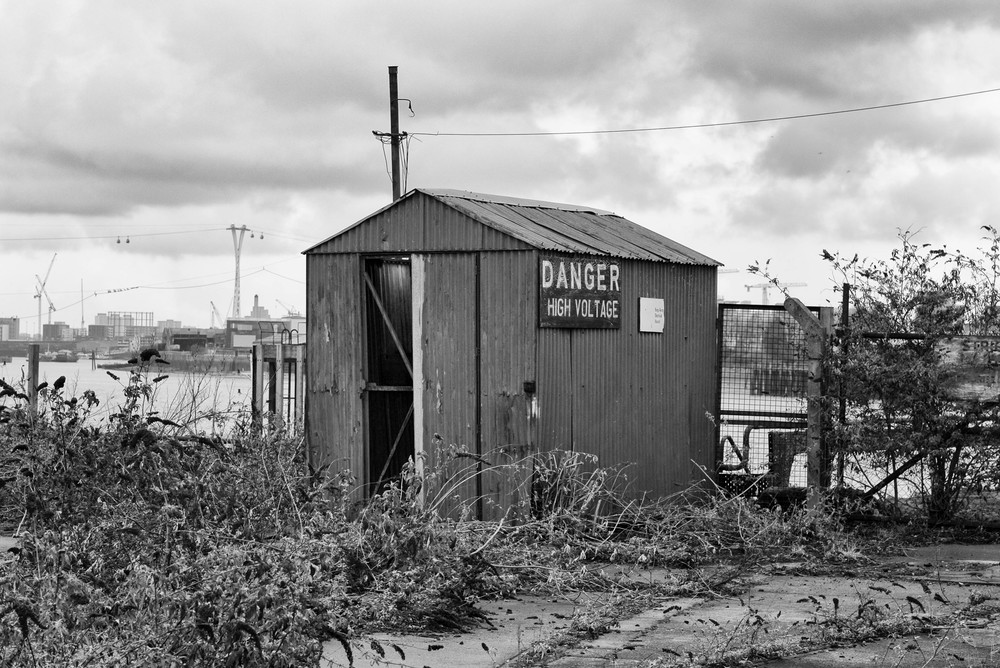
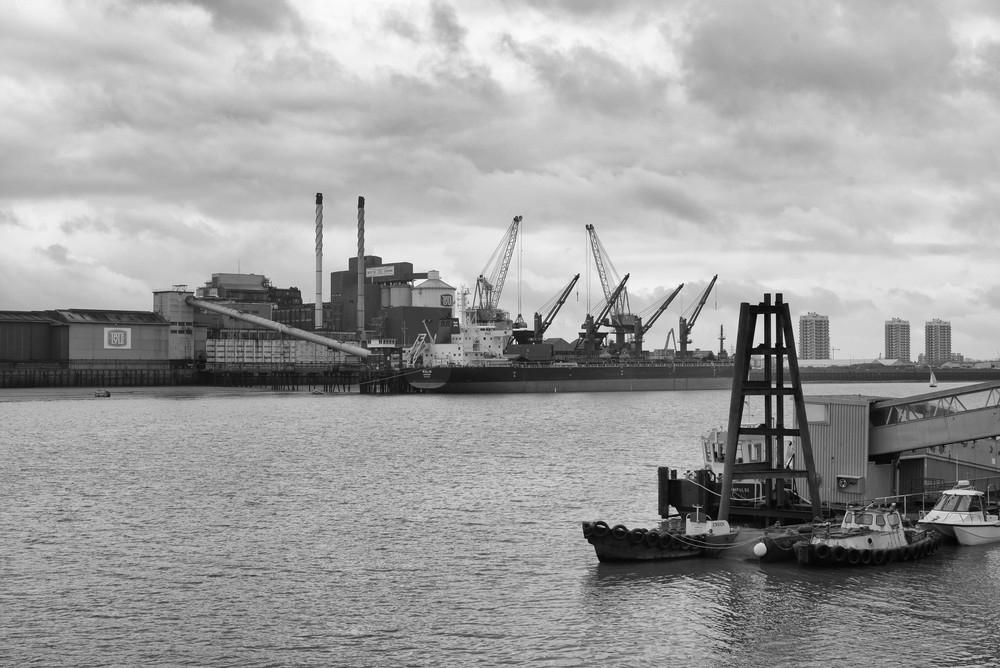
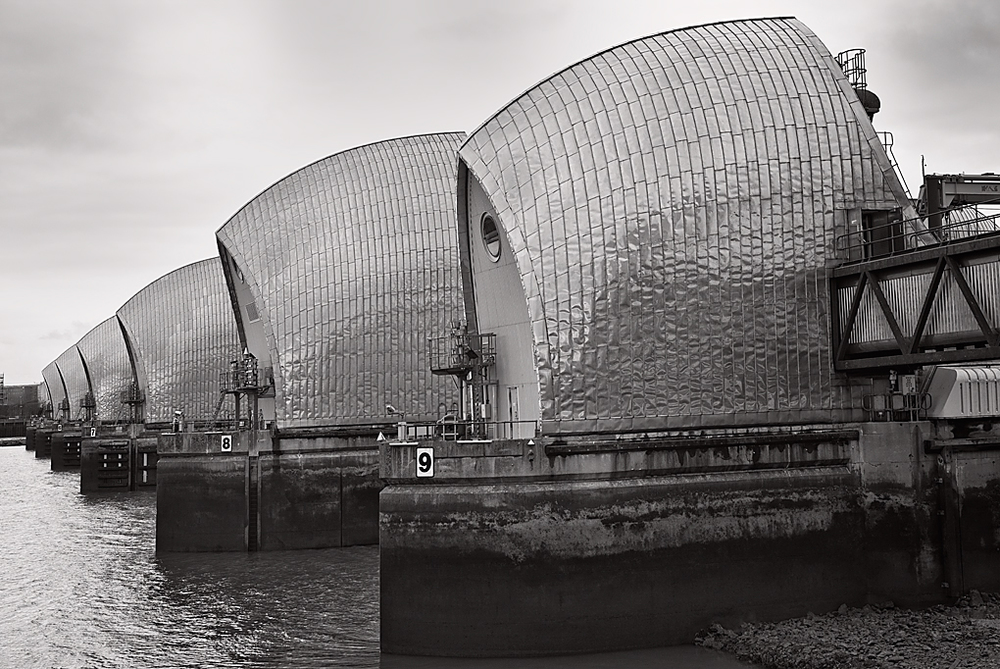
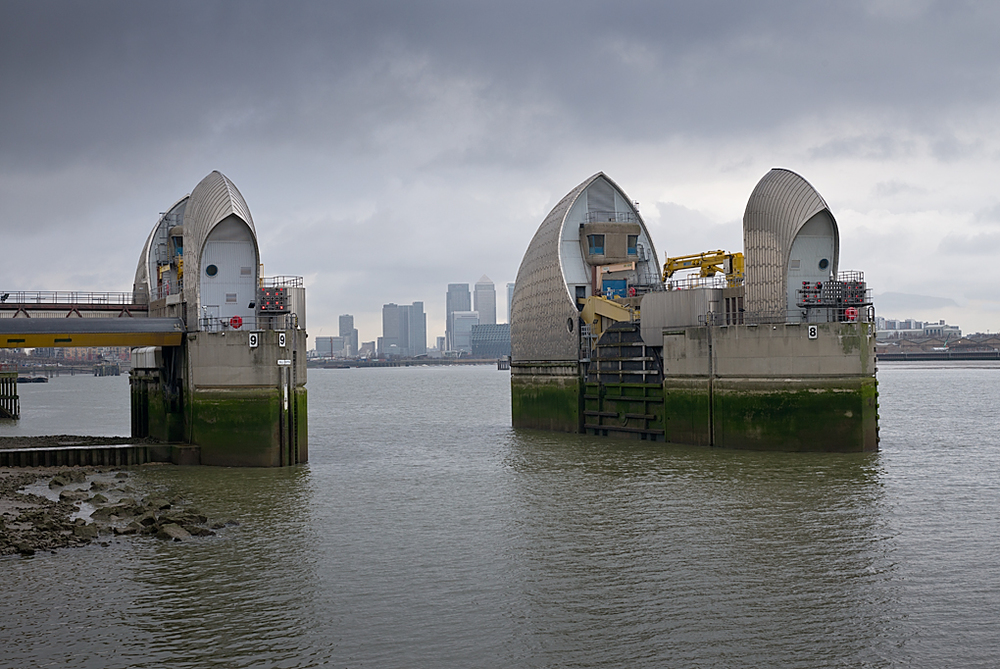
Greenwich and the Cutty Sark, with the Royal Observatory and the Greenwich Meridian atop the hill, is rightly the subject for a whole day’s photography in its own right. On Saturday, however, it was merely a staging post as we made our way to the pier and the river bus back to the the London Eye. By this time the light was fading: Just time to get in a few shots of the Palace of Westminster before boarding our respective trains home.
This little expedition was certainly one of the best ways of making the most of a dull and rather dismal day. But despite the two buses and two river journeys we clocked up all of seven miles on the pedometer.
